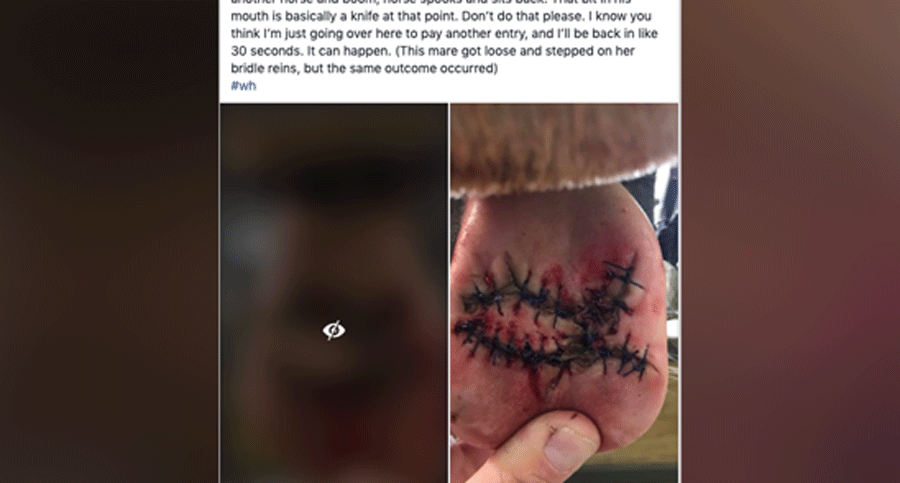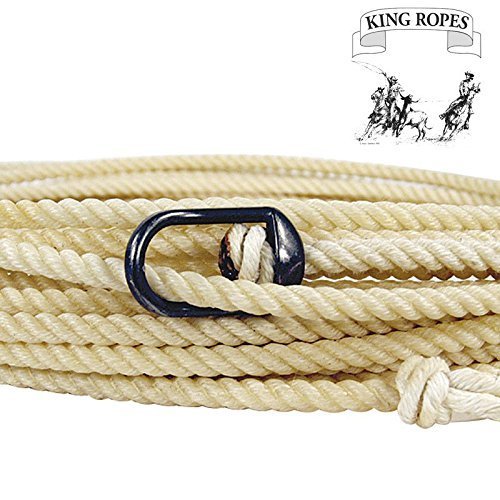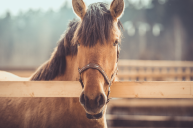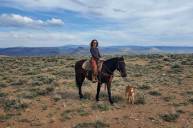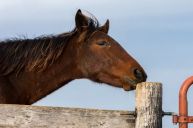Our neighbor's horse, Patch, roams the pasture all day and his owner ties him up when they move the chickens to another area to free range. The horse is safely tied up and unlikely to hurt himself. So, what happened here? This is an example and PSA of what not to do when you leave your horse tied up. All horse owners should learn how to tie a quick release knot.
Dr. Bart Sirman, an equine vet in Texas posted a picture on Facebook of one his biggest pet peeves that he sees at shows when a horse is left and tied with the reins or the reins may be looped over the fence. It creates a situation where the bit in the horse's mouth becomes a knife. This specific mare, according to the Facebook post, got loose and stepped on her bridle reins which caused a similar situation.
GRAPHIC: This image is graphic in nature.
How to Properly Tie up a Horse
CowboyWay.com explains how to tie a horse safely,
- Horses are powerful. Only tie your horse to objects that it cannot move or pull over. Do not tie a horse to anything that a determined or spooked horse can move.
- Tie a horse to something it cannot break. For example, if tying a horse to a fence never tie it to the fence rail, always tie it to the fence post.
- Tie your horse with a quick release knot.
Quick release knots come untied quickly and easily when the tail of the rope is pulled on.
- Begin by taking the tail of the lead rope around or through a suitable object to tie a horse to like a pipe fence post.
- Take the tail of the rope (from the left side of the post) and cross it underneath the part of the rope going to the horse. Then, twist the rope on the left side of the post to form a loop.
- Next, take the tail of the rope (which is now on the right side of the post) over the part of the rope going to the horse, and push it up through the loop.
There are visuals in this pin.
If you need a recommendation for horse tack, experts pointed us towards the below horse rope.
King Saddlery Inc Nylon Horse Rope/Honda Ranch Rope
If your horse panics you want them to be able to safely move around with the slip knot. There are other knots too! The bowline knot is also a safe choice too. While horses tend to like crossties less than being tied by a single rope, they do readily adjust. Tying horses takes practice and is one of the most valuable lessons you'll learn!
Have you ever seen a horse with this type of injury? Please let us know in the below comments.
WATCH NOW: Everything to Know About Labradoodles
https://www.youtube.com/watch?v=u7JLqW9BE-c
